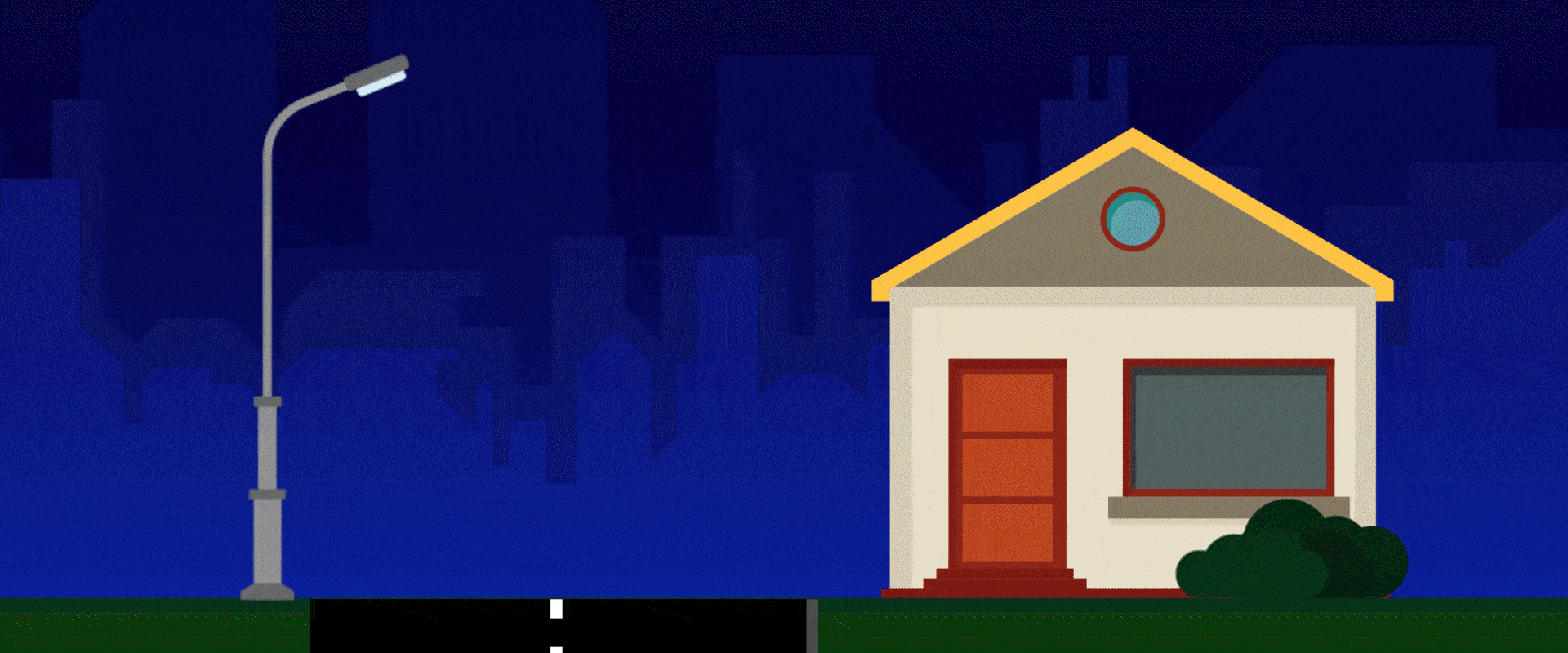
The five principles of responsible street lighting
Light pollution is a concern in urban centers, but it can be solved through measures that are easy to implement once there is the will to do so
Excessive lighting, especially in large urban centers, used to be a concern of the scientific and environmental communities, but now it also worries the general population, increasingly aware of the issue.
This omnipresence of light has many causes. It derives from illuminated advertising, from increasingly effusively lit façades and, since this is the aspect that interests us here, also from street lighting in general, because of the increase in power and, therefore, in light, not infrequently associated with the transition from sodium vapor luminaires to LED technology, in a clear confusion between quality and quantity of lighting. This is known as the rebound effect, which I previously discussed in the article “Avoiding the rebound effect when transitioning to LED“.
As we will see below, the problem is not in the technology, but in its application. In the absence of regulation, the solution lies in informed decisions and political will.
The LED revolution
The first red light-emitting diode (LED) was created in 1950 and the first green LED ten years later. However, the blue LED proved to be a very complex problem to solve – it was only possible to produce it after another 30 years, in 1990, finally opening the door to white LED lighting, a breakthrough whose importance would be recognized in 2014 with the award of the Nobel Prize in Physics to Shuji Nakamura, Isamu Akasaki and Hiroshi Amano.
In the meantime, the use of LEDs has become widespread in consumer electronics (displays, televisions, cell phones, among others), the automotive industry and lighting in general.
The introduction of the white LED (basically a blue LED with a yellow phosphor deposition) started a revolution in the lighting industry. With an energy efficiency of more than 60% compared to conventional technology, it’s easy to understand the interest it generated. And with the maturing of the technology and the consequent significant reduction in production costs, LED technology has become even more interesting from an economic point of view.
The negative consequences of LED fascination
So we were looking at “the good, the beautiful and the cheap”. But were there a few stumbling blocks on the road to energy efficiency? Clearly there were, not only because the first generations of LEDs had high levels of blue light, but also because there is a known tendency to put in as much light as the budget allows. These factors, coupled with poor lighting design, began to raise concerns in the scientific and environmental communities.
On the one hand, it is known that blue wavelengths propagate more horizontally and interfere with the circadian rhythm of people and animals. On the other hand, the incorrect placement of light or the exaggeration of light levels drastically increases light pollution. The problem, of course, is not one of technology, but of design and engineering errors.
As I demonstrated in the article “Retrieve the starry sky with LED technology“, it is possible to adopt a series of measures to reduce light pollution from street lighting. But to avoid sounding like a “judge in his own right”, let’s take a look at what the scientific community recommends.
Five principles for responsible street lighting
The International Dark-Sky Association (IDA)[1], an organization that advocates the reduction of light pollution, and the Illuminating Enlightenment Society (IES), a recognized U.S. authority on lighting, have defined five simple principles for responsible street lighting design.
- Principle of usefulness – That is, putting light only where it is really needed, avoiding for example, environmental reserve areas and wildlife habitats.
- Light direction – A good quality LED luminaire does not send light into the atmosphere but directs it all downward.
- Use only the necessary light – This is where there is more work to be done, especially to guaranteee that decisiion-makers adopt a responsible attitude, avoiding to “compensate” the high energy savings obtained with the installation of additional light that not only reduces those savings but also increases light pollution.
- Dynamic light control – Does it make sense to maintain unchanged light levels on a road with no traffic at dawn? It doesn’t. With dynamic control enabled by LED technology, it is possible to make a more rational use of energy and light.
- Color temperature – Preference should be given to warm color temperatures, with low levels of blue. Color temperatures around 2200ºK (so-called amber LEDs) are already available in the LED market. It is true that they are slightly less efficient and slightly more expensive, but the difference is almost negligible and the benefits in terms of sustainability and visual comfort are much worthy.
In conclusion, the leap towards responsible street lighting projects does not depend on any technological upgrade. It does not even depend on economic or financial constraints. It is simply a question of awareness, social responsibility and will. There is still a long way to go, but I believe that during this decade we will see more and more lighting projects with high efficiency and no negative impacts.
Miguel Allen Lima
ARQUILED CEO
[1] Founded 34 years ago in the United States, the International Dark-Sky Association (IDA) is a non-profit organization that works to recognize parks and reserves that have as little artificial light as possible around the globe.





